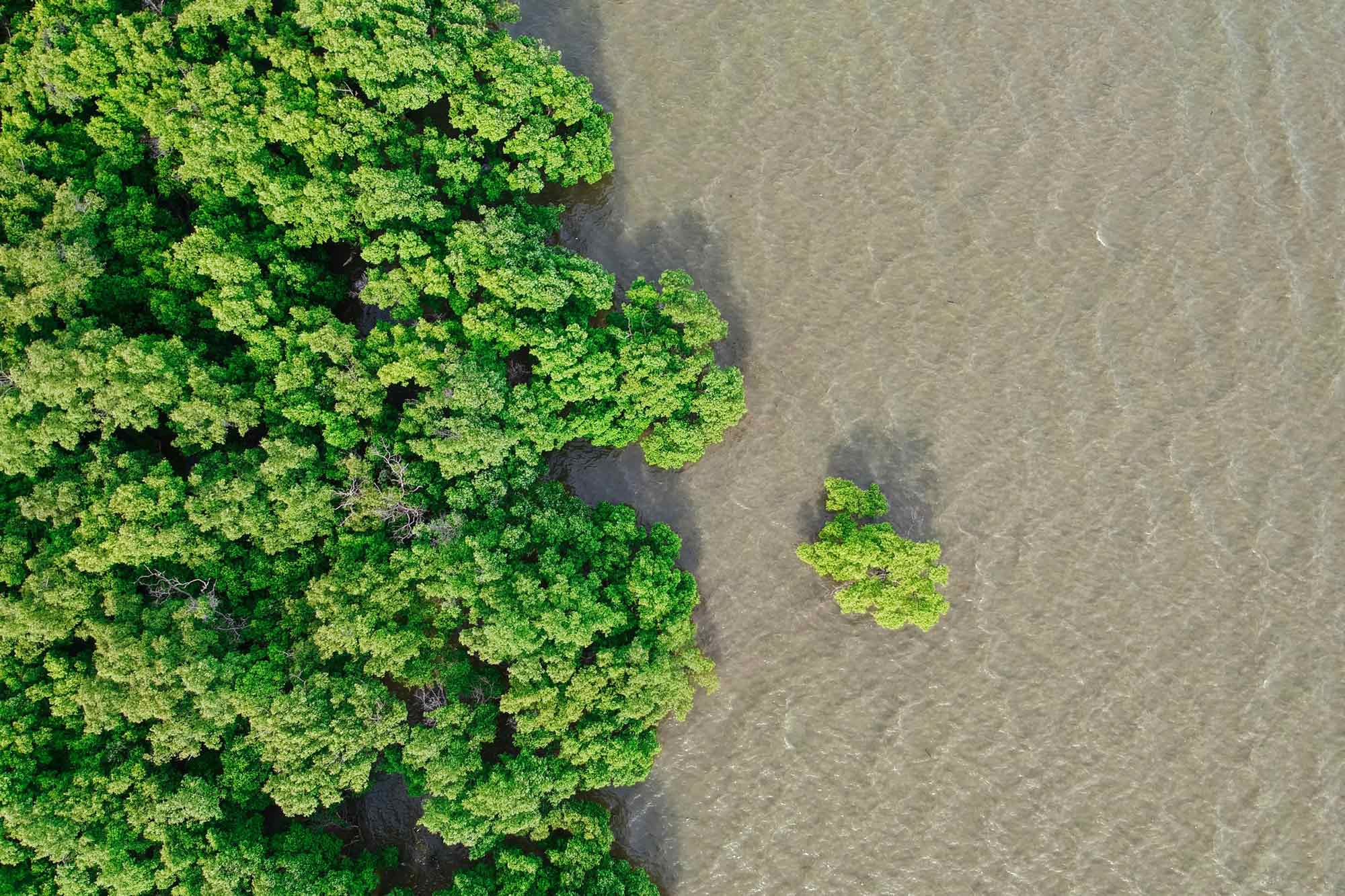On 24 May 2022, RSCF held a virtual knowledge exchange webinar with guest speakers, Susie Shuford-Lazarz of FMO, Edit Kiss of Revalue Nature and Sylvain Goupille of Octobre on the challenges of scaling up private investment in nature-based solutions (NBS) and the opportunities to overcome them.
The panelists discussed the importance of concessional, risk-taking capital sources to catalyze further funding, the emergence of new types of investors in NBS that can bring the sector to a larger scale, innovative financial vehicles to attract new sources of capital to NBS, and the risks and opportunities associated with the rising interest in nature-based carbon credits.
Key opportunities
Susie Shuford-Lazarz spoke of new approaches to overcome challenges in developing investment opportunities in restoration for blended finance vehicles: “We’re finding jurisdictional approaches to investment to be a really promising trend as it provides stable returns coupled with environmental and climate impacts, [providing] a lot of confidence to investors to invest in the sector.”
Edit Kiss spoke of the opportunity to engage new corporate actors in nature-based solutions investment: “Corporates are now entering the impact space, blending capital with institutional investors complemented with philanthropic funding. They’re looking for high impact and financial return and can provide patient capital.”
The €50 million L’Oréal Fund for Nature Regeneration launched in 2020 and managed by Mirova Natural Capital is one such example.
Sylvain Goupille emphasized the opportunities in mainstreaming NBS investment across the financial sector: “The name of the game is to push private retail funds, high net worth individuals and institutional investors to go into NBS. If you’re looking at the current investors in the space we’re talking about 50 firms, that’s nothing, that’s not enough. We need to go much broader than that.”
Key challenges and how to overcome them
The panelists outlined some of the key challenges to mobilizing finance focused on nature-based solutions:
Many of the challenges are concentrated in the earliest stages, where much of the risk is concentrated: “If you speak with [restoration] projects on the ground they will say the first $100k is more difficult to raise than the next $10m because no one wants to take the risk at the early stage,” said Edit Kiss.
“One of the challenges that remains is still the need to raise enough public funding to meet the return expectations of commercial and institutional investors,” according to Susie Shuford-Lazarz. According to Susie, investors see the benefits that NBS investments provide but are still looking at it with a very narrow view, what is the IRR? When am I going to get the return? “We need to see a shift in mindset and we’re still not there… which is why we still need public investments to leverage private investment into funds.”
Yet for Edit Kiss, “often [concessional public finance] comes with a lot of preset conditions that slow down the process, rather than being flexible and saying [to fund managers], use it in a way that you can crowd in the most investment from the private sector.”
Managing risk profiles and attracting investors to new landscape restoration funds is a delicate balance. For Sylvain Goupille, one of the key challenges is the long-term horizon for nature-focused funds.
“When fundraising, one of the key messages from would-be investors is, we love your fund, we love the impact, the team, the track record, we even love the return expectations, but you want us to invest for 10-15 years and we want to invest for 3-4 years. It is a big mismatch. If you do want to deliver impact on the ground you need patient capital. You need to be here for 10 years, trees take time to grow.”
Market innovations linked to carbon credits
Edit Kiss highlighted how carbon credits provide a great opportunity to bring investment for nature.
Edit outlined ways in which the market is innovating and thinking of new solutions to accelerate the flow of capital to landscape restoration activities, for example, the London Stock Exchange Voluntary Carbon Market aims to provide a new capital market solution for financing projects that mitigate carbon emissions, including landscape restoration activities. The initiative is envisaged to provide a platform to raise climate focused capital at scale and offer primary market access to a long-term supply of high-quality carbon credits for corporates and other investors.
The NYSE in collaboration with the Intrinsic Exchange Group has also launched a new investment vehicle called Natural Asset Companies (NACs) that enables governments, landowners and farmers to establish a specialized corporation structure that holds the rights to the ecosystem services produced on a given piece of land. The NAC is able to raise funds through an IPO in order to invest back into landscape management.





